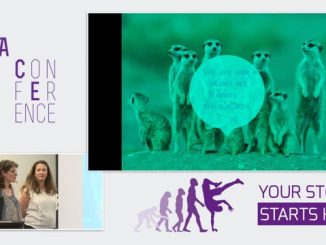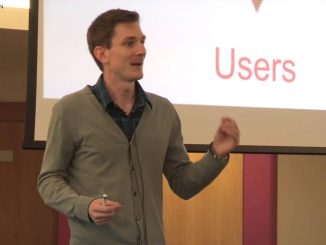Videos on Scrum and Agile Project Management
Even though Scrum is still the most adopted agile framework in the market, its rules, roles, events and artifacts are frequently misunderstood. We commonly apply this framework without understanding the purpose that stands behind each element, losing its main benefits. This presentation focuses on the Scrum Events, their real purpose, common pitfalls as well as provide hints and propose experiments to optimize the benefits you can get from them.
This presentation explains to leveraged UX practices, innovation games and design sprints in a the Scaled Agile Framework (SAFe) context to improve the maturation of the business needs and their prioritization to best fit what users want and deliver value in a continuous flow.
This video provides an unbiased insider’s perspective of Agile and Scrum in the UK public sector. We have all heard the horror stories of software development in the public sector, but in recent years we have started to see hope, in the form of Government Digital Service (GDS), that taxpayer money isn’t being completely squandered on inefficient enterprise software development.
Before including a user story in a Scrum sprint, it is important to clarify and confirm its acceptance criteria.In recent years, lots of Agile software development teams have been using a simple collaborative technique called Example Mapping to break down user stories. It was conceived co-founder of Cucumber, Matt Wynne, who wrote the seminal post introducing the practice “Introducing Example Mapping“.
The Cost of Delay is a concept that combines an understanding of value with how that value leaks away over time. it allows to answer the question: “What would it cost us if this was delayed by 1 month?”. This presentation explores the Cost of Delay, what it is and how it helps in improving prioritization.
Three years ago, a presentation of the 2014 PNSQC conference was titled, “How to Fail at Agile Without Really Trying”. It was based on achieving a successful implementation of Agile Scrum by leveraging “lessons learned” from failure. The company in question is now over four years into using the Scrum Methodology.
How does your team improve? What are the limits to what you can do? Have you set your sights high enough? We are in this together in everything. We need to improve as a team, as well as deliver work products together. Furthermore, best practices lead to dead ends and bad practices.








